The idea of a map stick or journey stick is to creative a visual representation of a journey or area.
Aboriginal people in Australia used journey sticks to help recount their journey to others. Items on the stick represent features of the journey. Journey sticks are sometimes called storytelling sticks as they tell the story of a journey.
This activity is part of my Around the World in 50 Experiments series for Australia!
Around the World in 50 Experiments - Australia
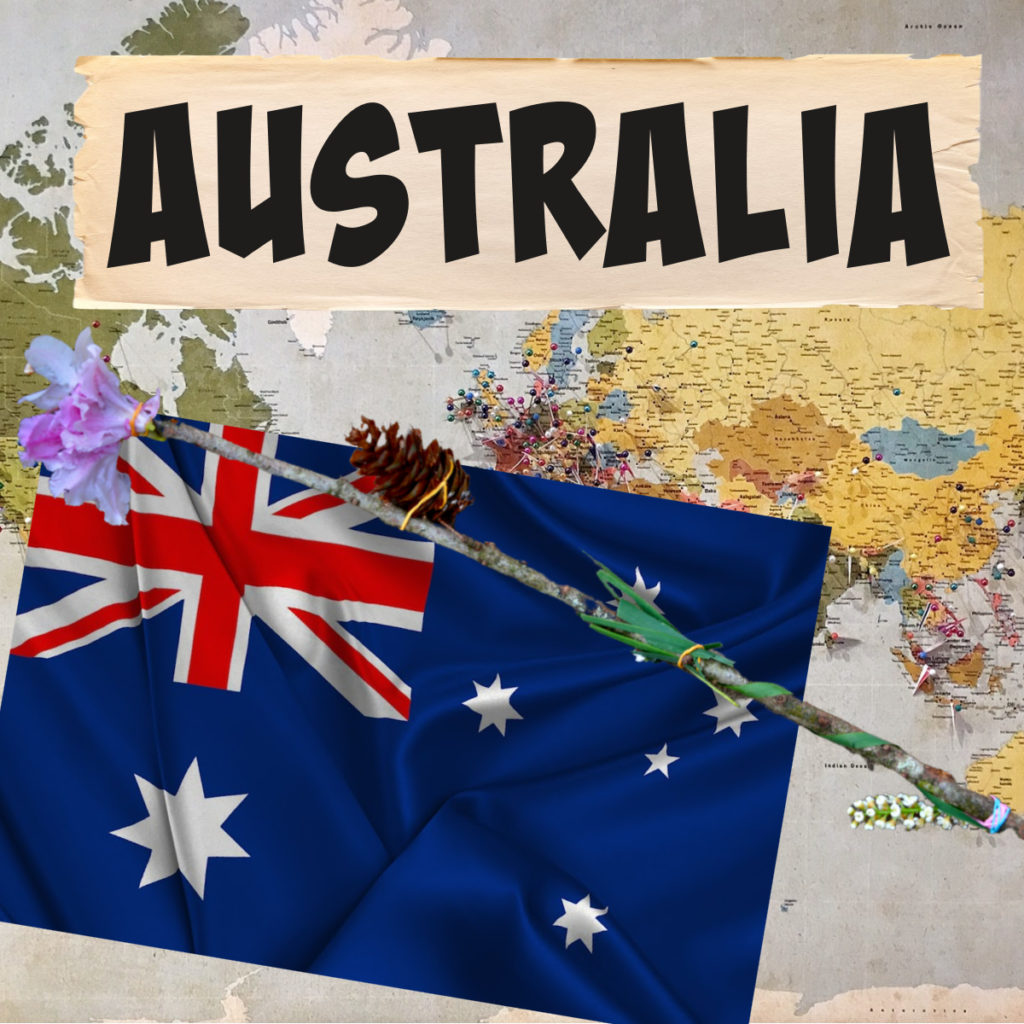
How to make a journey stick
You'll need
A stick - at least 20 cm long
String or elastic bands
Instructions
Go for a walk and stop every 5 minutes or whenever you see something interesting. At each rest point take a good look around and choose an object that reminds you of the location.
Try to only pick objects from the ground, not flowers that are still living.
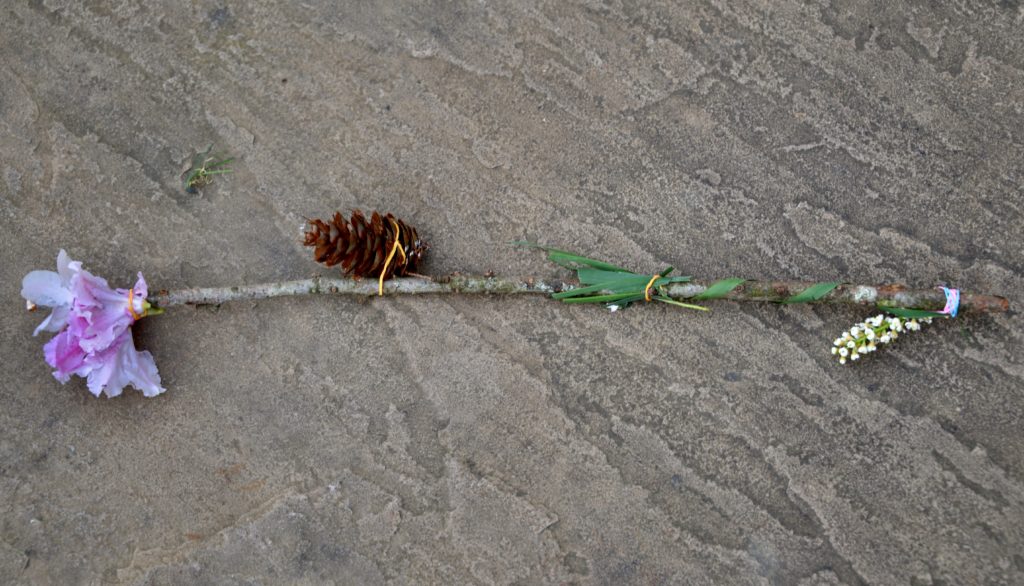
Extension task
Ask a friend follow your route using the objects you have chosen.
Make a journey stick for the same route at different times of year, think about how the environment changes through the seasons.
Ask a friends o make a journey stick for the same route. Does their stick look the same as yours?
Why make a journey stick?
A journey or map stick is great for working on observational skills, communication and for learning about habitats.
Encourage children to think about features of their local environment, consider similarities and differences and think about how best to record their jourrey.
About Australia
Australia is huge with vast areas of desert as well as rainforests, cities and rural towns. It's home to the World's largest rock ( Ayers Rock ( Uluru ), coral reefs, around 7000 beaches and lots of deadly animals including the red back spider, venomous snakes, box jellyfish and saltwater crocodile.
Australia is also famous for kangaroos, platypus and koalas which aren't found anywhere else in the world!
Aboriginal Australian people were the first to live in Australia and have lived in the country for 50,000 years!
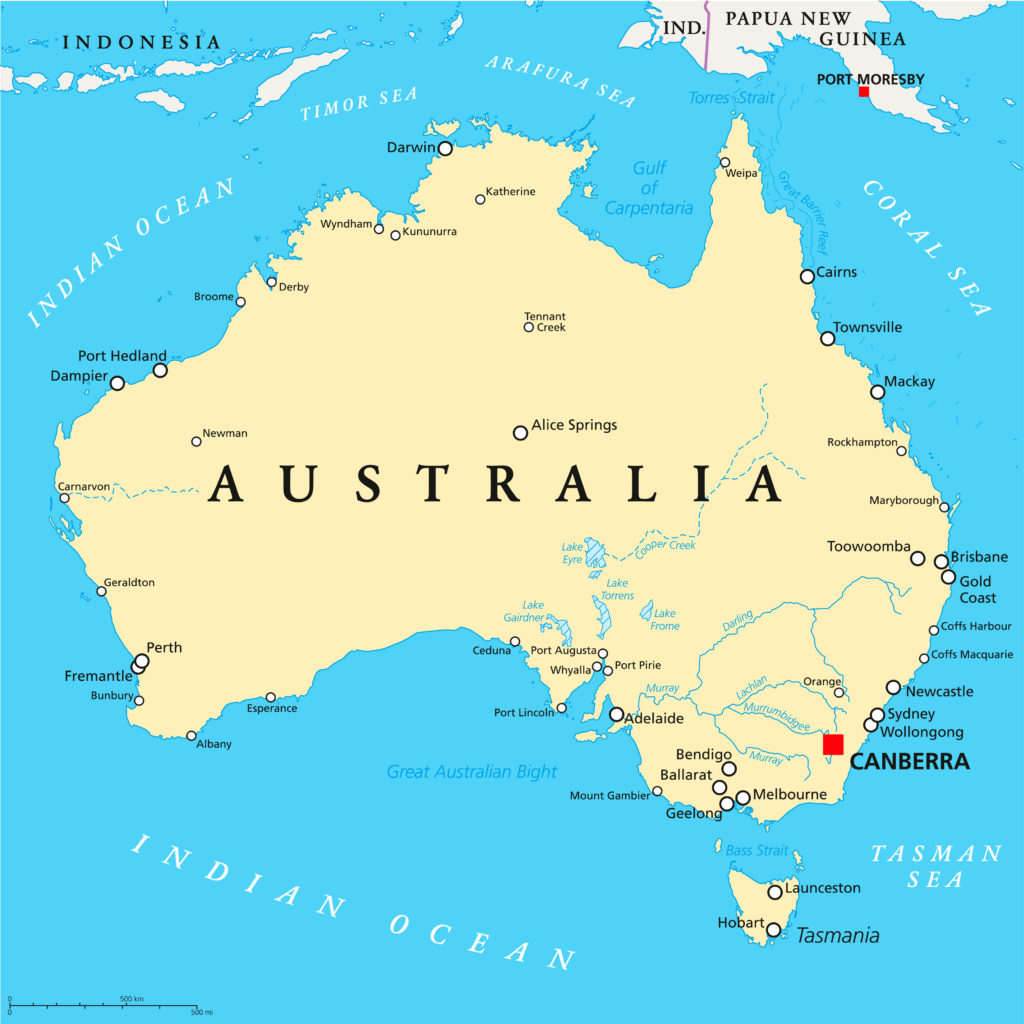
Activities for learning about Australia
Jumping Kangaroos
Kangaroos can jump up to 8 metres thanks to their springy legs. How far can you jump? Do you think you would be able to catch a Kangaroo?
Can you make a Kangaroo food chain? Kangaroos eat grass, but don't have many natural predators, so the food chain is very short!
Lake Eyre
The Lake Eyre basin is one of the driest parts of Australia and Lake Eyre is Australia's largest salt lake. The lake is usually a salt flat as most of the water evaporates as it travels to the lake.
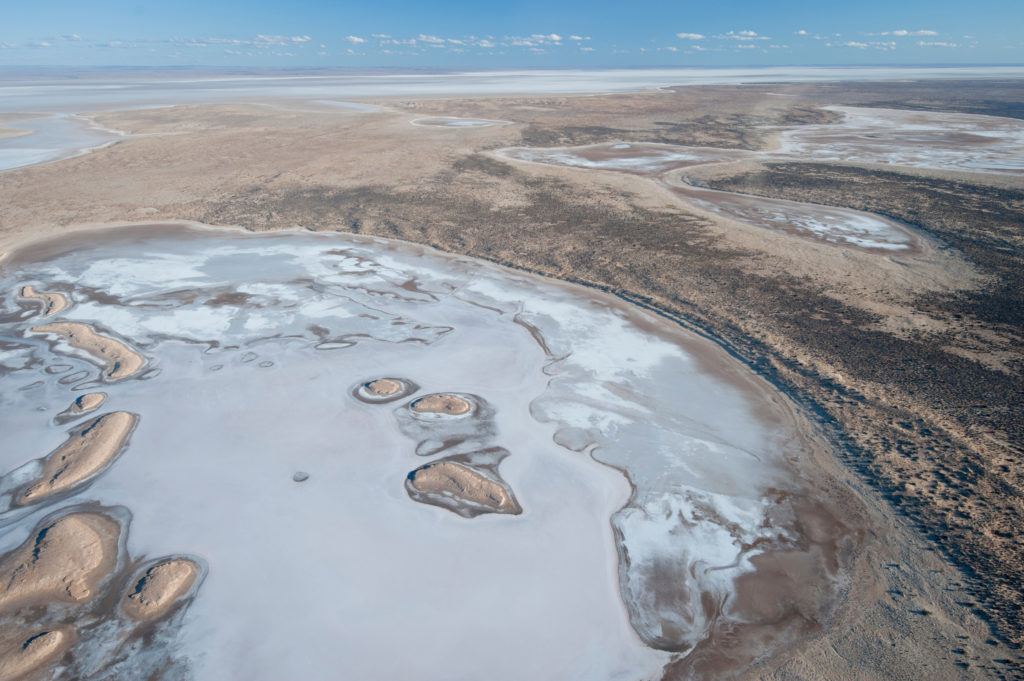
You can make your own mini salt flat by leaving a mixture of water and salt outside on a sunny day. The water will evaporate leaving just the salt behind!
Lake Eyre gets very little rainfall. To compare rainfall in your area compared to Lake Eyre you can make a rain gauge and measure how much rain falls over a period of time.

Last Updated on May 3, 2022 by Emma Vanstone
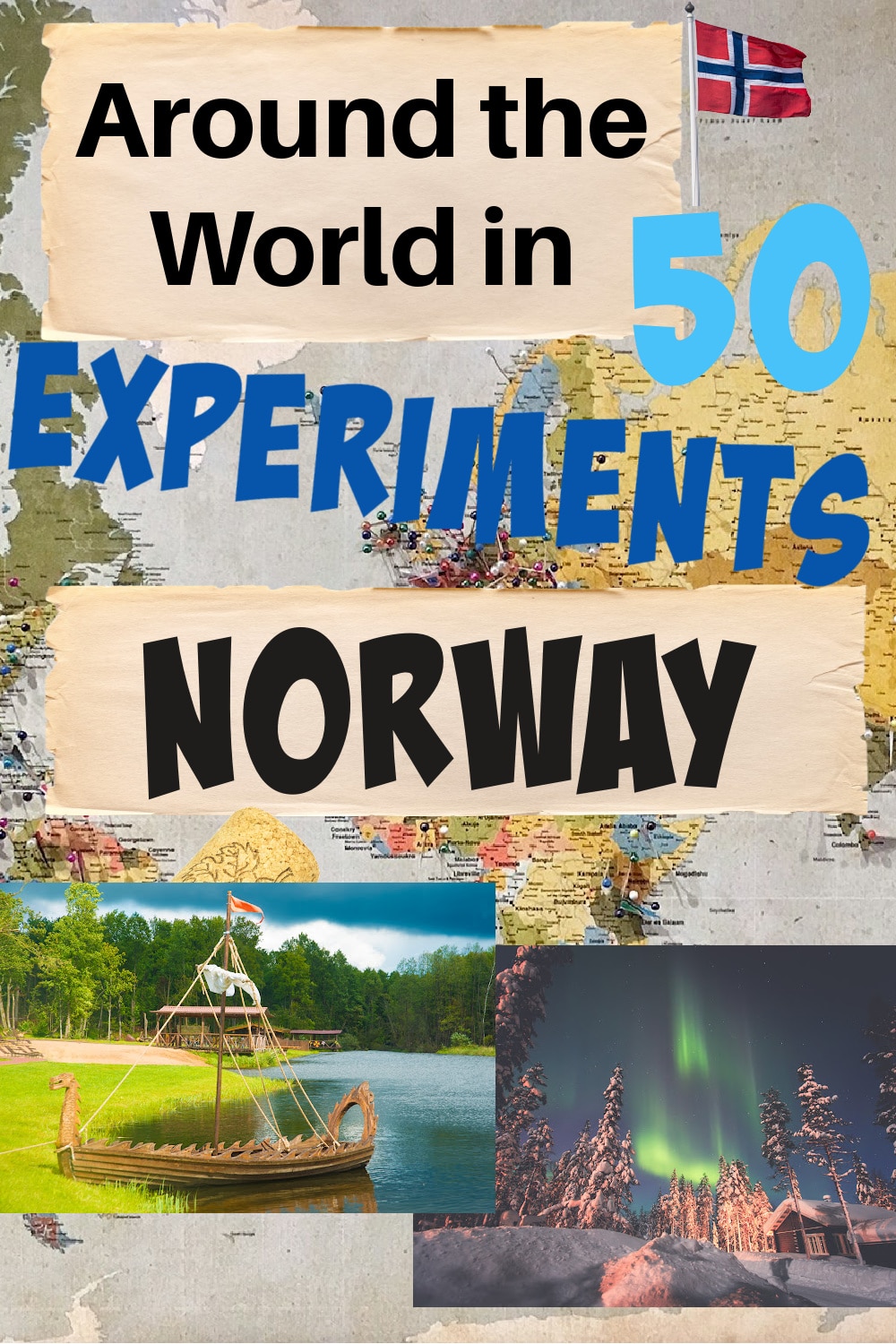
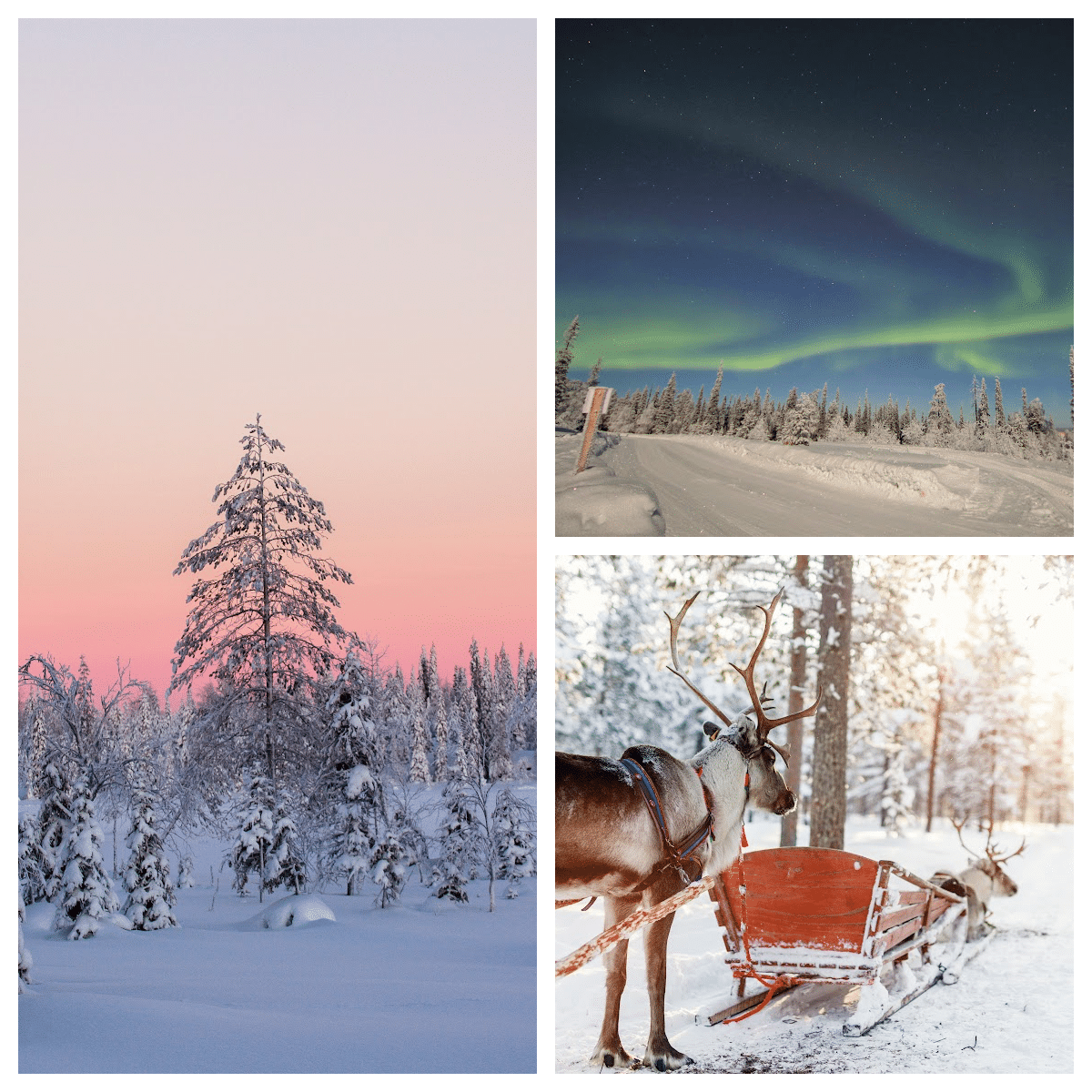
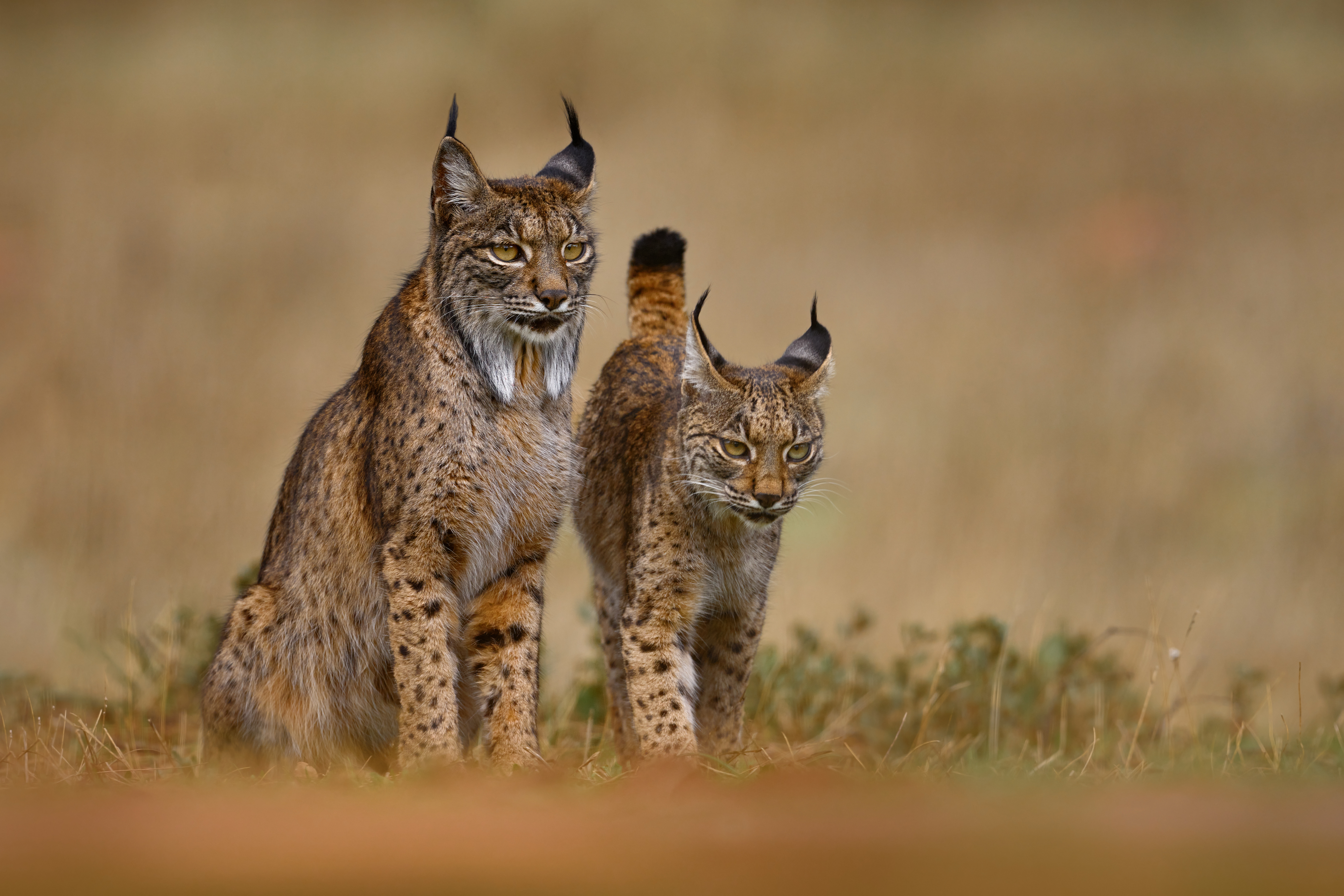
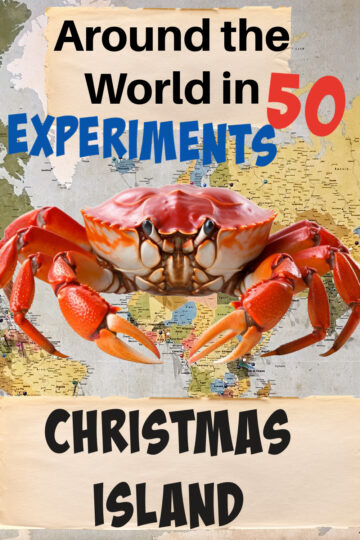
Leave a Reply